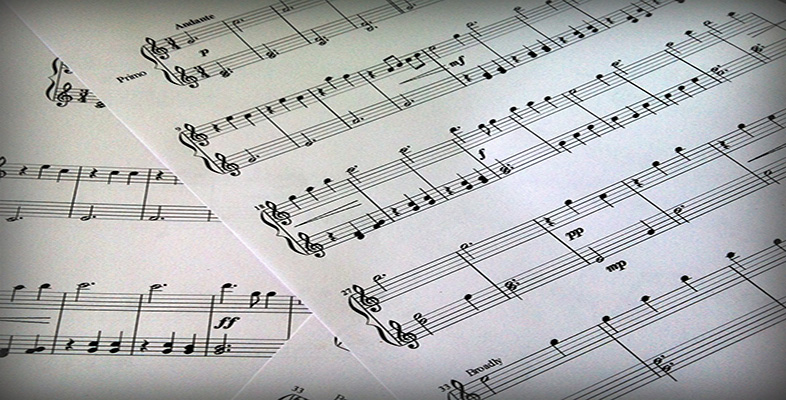1 4. Making the music fit the film
It is a huge step from identifying how music can be expressive, to composing music which captures the essence of the visual images, mood and action of a story. Composers such as David Arnold constantly stress how personal their response to the finished film is, but they still manage to guide our expectations and we feel uncomfortable if the music is ‘wrong’ somehow: too loud or quiet, expressing action too explicitly, or not saying enough.
Click on the first link below to watch a video extract from an interview with Marvin Hamlisch, who gives his account of writing the music for the famous skiing sequence in The Spy Who Loved Me, click the second link below to watch this scene.
An extract from an interview with Marvin Hamlisch.
Transcript: Video 7
The famous skiing sequence from The Spy Who Loved Me.
If you have access to copies of the Bond films, watch the skiing sequence in The Spy Who Loved Me and compare it with the sequence in the more recent Bond film Tomorrow Never Dies in which the car escapes from the garage. This later sequence sounds more modern, because the composer David Arnold has been influenced by contemporary popular music, just as Marvin Hamlisch was 20 years previously. So not only do composers produce a personal response to the film, but they must also decide how their music is going to reflect both their personal era and that of the film. This affects the audience too, and again influences how much we hear of the music.
For other examples of composers who have brought contemporary popular influences into their scoring, click on 'View document' below.
Click 'View document' to open Suggested extracts using contemporary popular music
View document [Tip: hold Ctrl and click a link to open it in a new tab. (Hide tip)]
This activity establishes a link between listening to film music and composing it. In Activity 4, pupils can build on what they did in Activity 2, changing a motif to symbolise different moods or to reflect different musical styles.
Activity 4
Part 1
Using a simple melody, such as Twinkle Twinkle Little Star, improvise variations at the keyboard to show the effect of different musical elements on our experience of the theme, e.g. use major and minor, loud and quiet, dotted rhythms and even ones, range of pitch, or chromatic embellishment to demonstrate mood, emotion, or action.
Now do either Part 2 or Part 3.
Part 2
Ask pupils to use instruments to develop different interpretations of a motif to reflect different personality traits. For the motif you could use something as simple as a scale, or a more complicated phrase you choose yourself, depending on the class. For personality traits, you can use the qualities from Activity 2, or you can provide a list of your own.
Part 3
If you have done work on different styles of popular music, for example Latin American, rock'n'roll or blues, you could link it into this activity. Ask pupils to develop a chosen motif in different popular styles to reflect particular influences.
